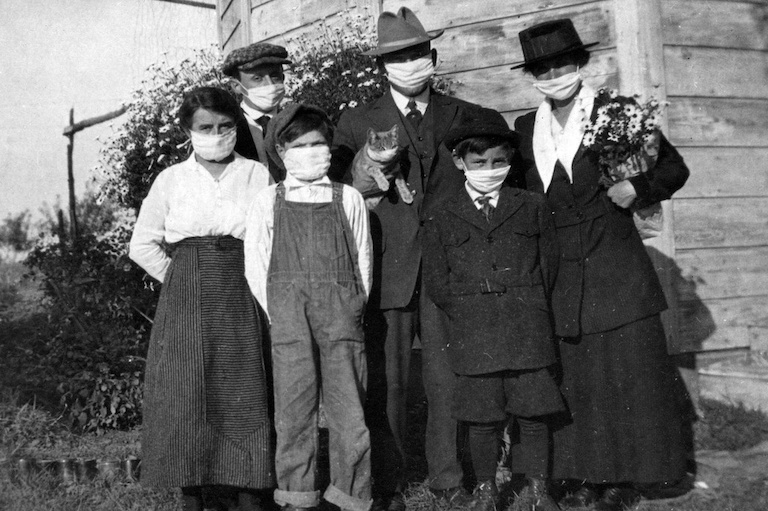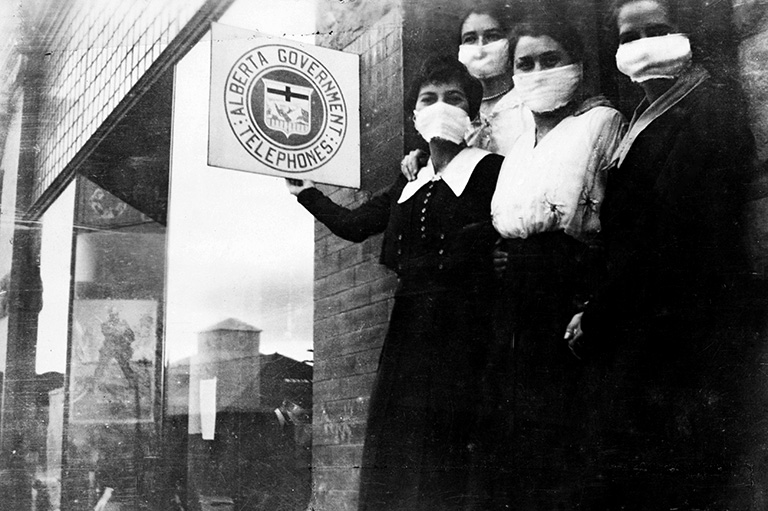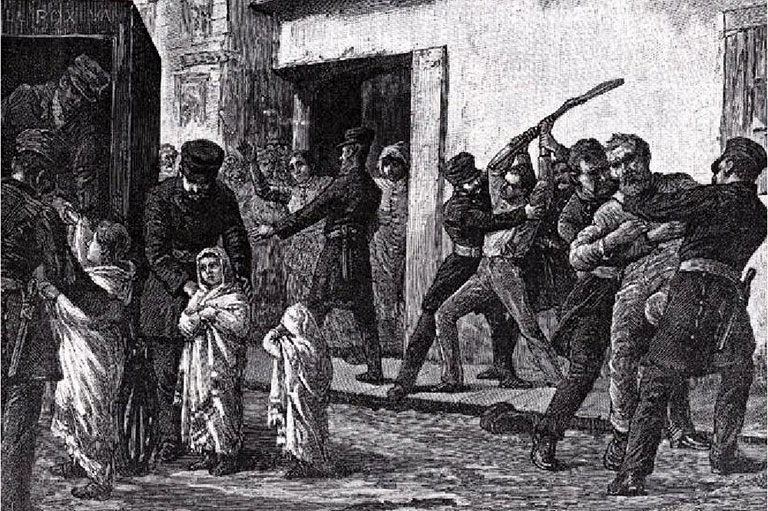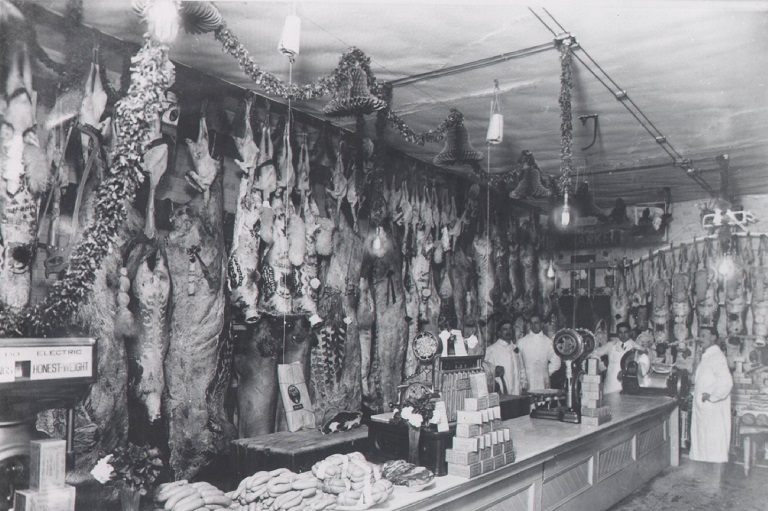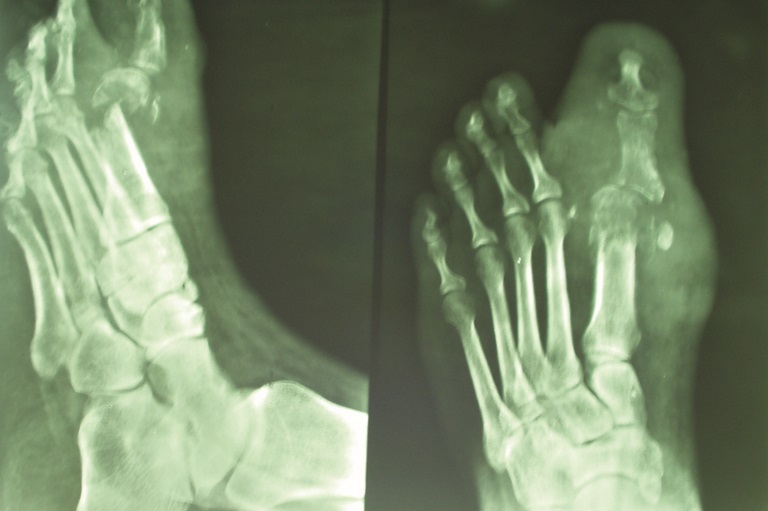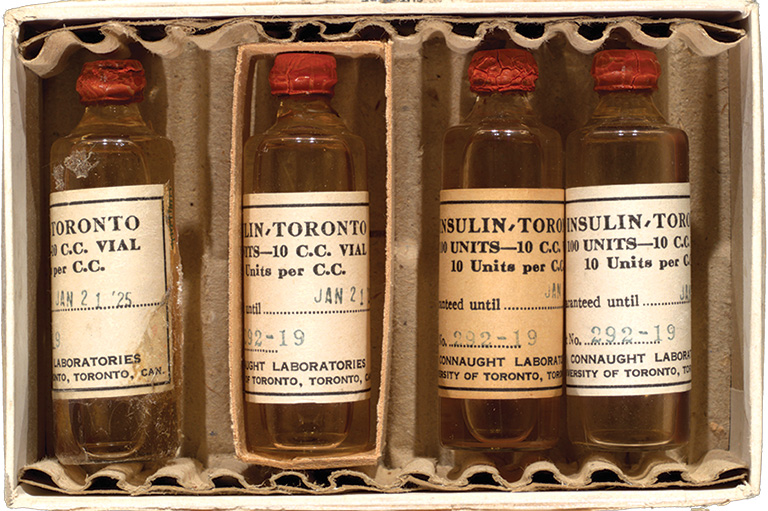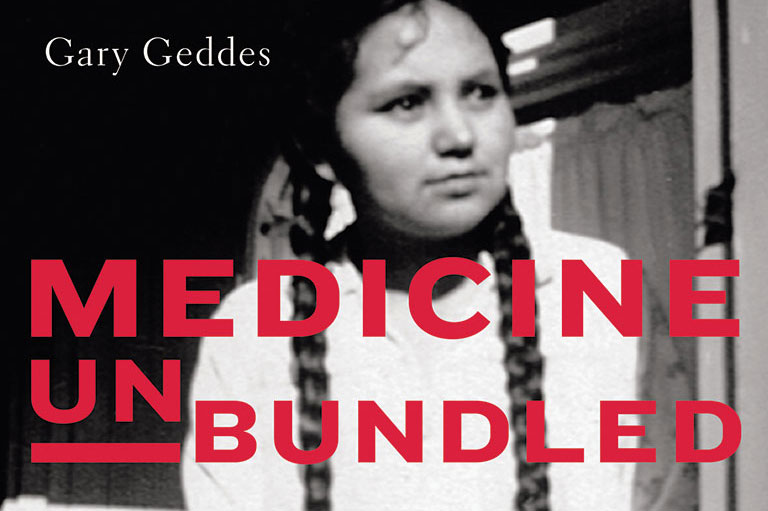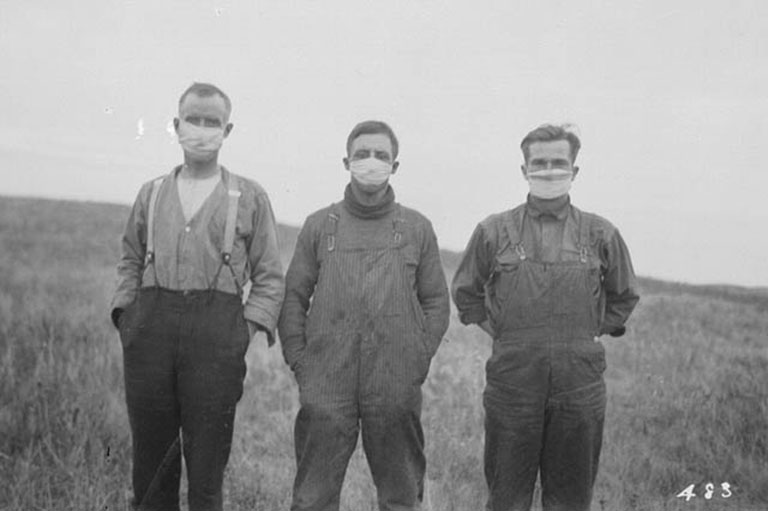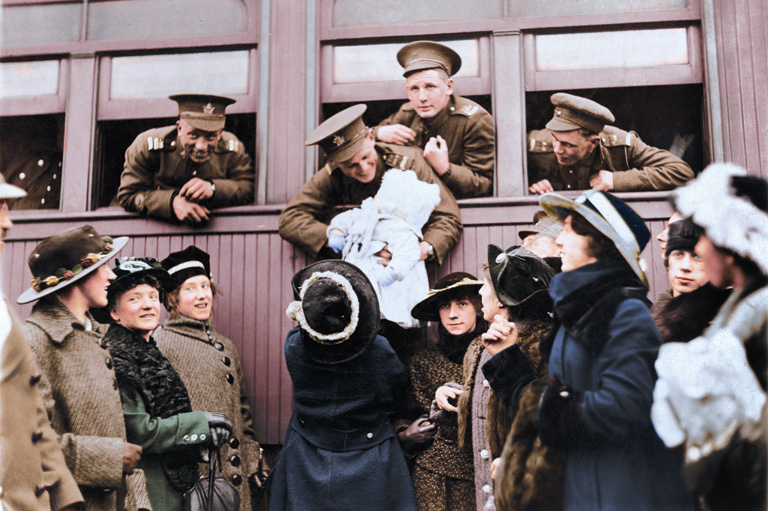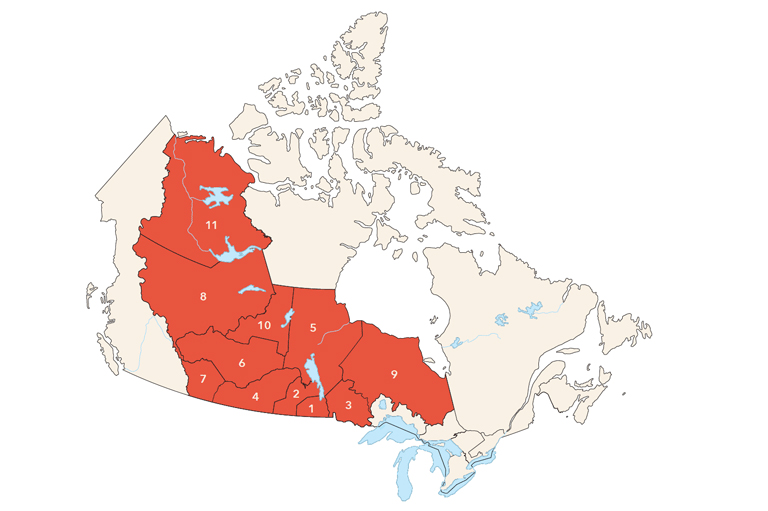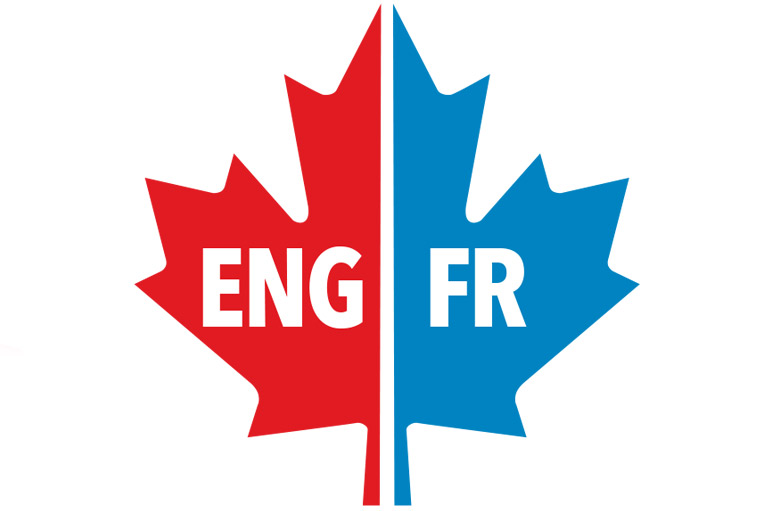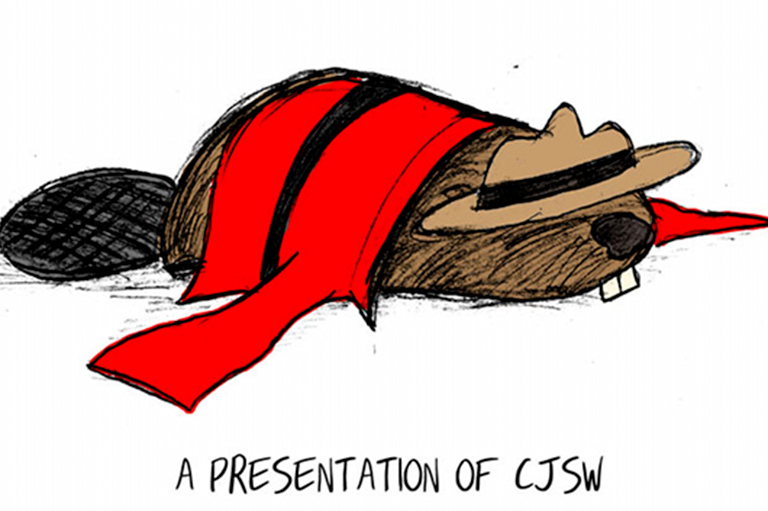Health Care History in Canada
This educational package is inspired by Canada in Focus Episode 4: Free Health Care?
Exploring the Significance and the Road to Health Care in Canada
Written by Rob Bell, 2019 recipient of the Governor General’s History Award for Excellence in Teaching
It is difficult to think of a period in the previous one hundred years — perhaps not since the last global pandemic — that the history of health care has been more relevant and imperative to students than in the past two years. Learning about the past can both inform and direct the future, for we often cannot properly appreciate the present without perceiving it in historical context. By exploring the health care tragedies and triumphs of the past, students are better able to understand the important progress made by medicine and science, while also appreciating what is still to be accomplished.
In the classroom, I frequently use the lens of health care to help students explore aspects of local and national history. Whenever possible, I try to develop partnerships between historians, scientists, curators, artists, and my students. Students’ appreciation for history is deepened when they are able to work with members of the community who hold experience and knowledge relevant to the class’s inquiry. Two organizations which we work closely with are our local museum, the Dundas Museum & Archives (DMA), and McMaster’s Children & Youth University (MCYU).
When learning about the Spanish Influenza, for instance, the students began by exploring the impact of the outbreak on our community with the help of Anna Patterson, the Education Coordinator at the DMA. The class discovered that a girl who attended our school — Hazel Layden — had died during the epidemic, and the students’ project quickly became focused on the disease’s impact on Hazel, her family and the community. Anna Patterson at the DMA helped students use birth, death and census records connected to Hazel’s life, while the MCYU team taught and ran workshops for the class on the influenza virus, vaccination, and health care accessibility. With the assistance of a local church, students located and were able to meet with Hazel’s niece, as well as locate and visit Hazel’s gravesite. This network of community partners enriched the students’ learning experiences and gave them invaluable resources with which to design an interactive website, as well as a commemorative exhibition hosted by the Museum.
A similar project began with the help of a local historian, Stan Nowak, who took the class on a tour of our town’s cemetery. He featured different sites in the graveyard like the area that is colloquially referred to as cholera alley — where many people were buried who had died of cholera — to teach students about the impact of various diseases on our community in the 19th century. Based on their learning, students developed and led an inquiry project, titled “The Fatal Five,” examining the five deadliest diseases for children living in our community in the 1800s. For this project, we partnered again with the DMA and MCYU. The museum staff provided students with ten years of death records (1869-1878) which the class used to survey the diseases that took the lives of children during this period, while university students from MCYU helped the class learn about the epidemiology and pathology of these diseases. Students presented their learning in an exhibit hosted by the DMA, which included models of each disease designed and 3-D printed by the class, as well as a virtual Minecraft tour of one disease’s impact on the human body.
To commemorate the 100th anniversary of the insulin discovery, the class spent the year working with MCYU and Banting House Museum, which allowed the digital team from MCYU to create a panoptic tour of the museum to allow students to research many of the artifacts connected to Banting’s life as a scientist and artist. The students also relied on many of the online resources provided by organizations like Defining Moments Canada for their research. The students’ work culminated in the writing and publication of a book for children about the insulin discovery.
For more information on Rob Bell’s projects check out these links:
Finding Hazel
- Finding Hazel Video
- Interactive website
- Commemorative exhibit at the Dundas Museum and Archives, Ontario
The Fatal Five
- Exhibit at the Dundas Museum and Archives, Ontario
- Fatal Five, Defining Moments Canada
- Virtual tour of Minecraft project
More Advice From Teachers
How would you teach your students about health care history?
Teaching about health care in Canada is done by using case studies of pandemics and epidemics and by unpacking and exploring the ways in which different regions of Canada responded. For example, studying the Spanish Influenza pandemic in 1918-1920, the polio epidemic in the 1950s and the HIV/AIDS crisis in the 1990s as well as modern day responses to the COVID-19 pandemic. Students can work with primary and secondary source materials to determine the historical significance of the pandemic/epidemic. They also look at multiple historical perspectives found in personal/private correspondence, photographs, and statistical data from those impacted and those in government and medical roles. Students can engage in a compare/contrast activity to explore the causes and consequences, while also evaluating the degree of success the government, public health, and medical communities had in responding to the epidemic/pandemic and in controlling further outbreaks. Using the frameworks of coordination, cooperation, and collaboration, students will look for examples in unpacking the response and in understanding the lessons learned for future generations.
– Katy Whitfield, Toronto, Ontario
Access to Medicare is an important part of being Canadian. Some newcomers or youth may see this as “free” health care. Opening a discussion in class about taxes (which were implemented as a temporary measure during the First World War) being used to pay for services can lead to an understanding that what some think is free, really is funded by the government. These are the social welfare programs that we have in Canada. By having this discussion, there can be a further exploration of key figures like Tommy Douglas and his significant contribution to Medicare. In addition, ask students about how they access health care. The answer should be: with a health card. This can be an interesting way to open the discussion. Get an image of an old OHIP card to make it more interesting. Creating connections for students and deepening an understanding of everyday items is a novel way of bringing out history.
– Emilia Adorante, Thornhill, Ontario
How do you make health care history relevant and engaging for students?
As part of my historical investigation assessment for which I was a finalist for the 2021 Governor General’s Award History Award for Excellence in Teaching, students can select from a variety of contexts in which the topic of Medicare could factor. This year a student chose to analyze the Saskatchewan Doctors’ Strike of 1962. It was fascinating, particularly the presentation viva voce, where the student had to defend their thesis in support of doctors who wanted to privatize. The case for a two-tier medical system is not something that is often discussed in a social studies classroom, so I was grateful for the opportunity to do so.
– Shannon Leggett, North Vancouver, British Columbia
Students find statistical data relating to health care to be an engaging way of starting this type of inquiry. Allowing students to also look at the impact of the pandemic/epidemic on their communities and to look at local and regional stories and firsthand accounts of those involved also helps to make learning relevant and interesting.
– Katy Whitfield, Toronto, Ontario
More Resources From Canada’s History
Lesson Plans and Activities on Health Care History
Learn More with These Resources
- Social Issues in Canada, Canada Guide
- Health Policy, The Canadian Encyclopedia
- Tommy Douglas and Medicare, Canadian Museum of History
- Making of Medicare: The History of Health Care in Canada, 1914-2007, Canadian Museum of History
- Lesson Plan and Worksheet, Medicare Timeline, Canadian Museum of History
- 21 Canadian Medicare Pros and Cons
- Coordination, Capacity Building & Communication
- This is Public Health: A Canadian History, Canadian Public Health Association
Themes associated with this article
Advertisement

Canada in Focus is made possible through the generous support of The Northpine Foundation.


